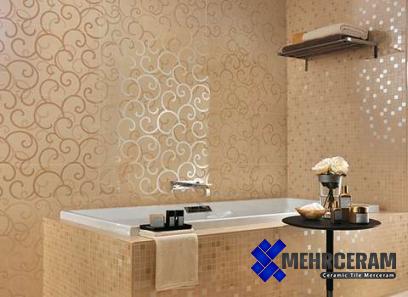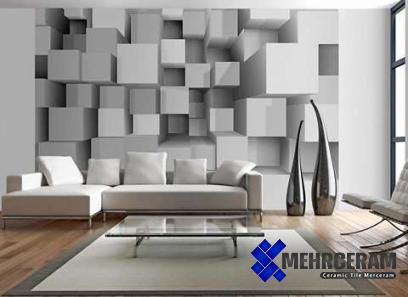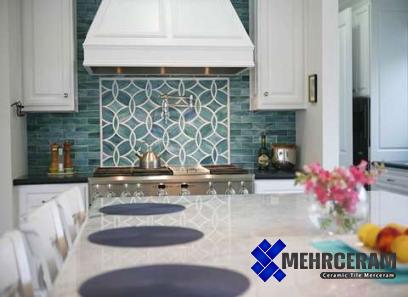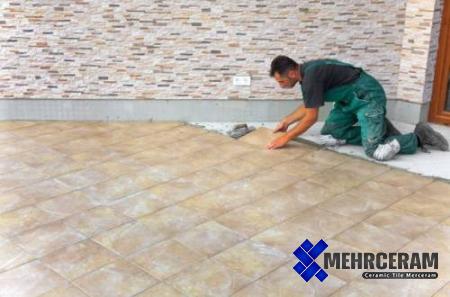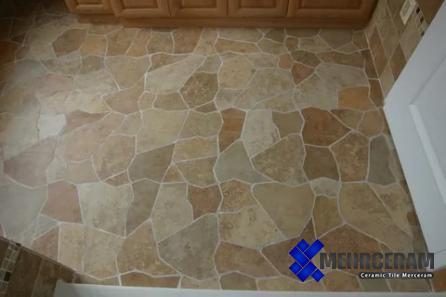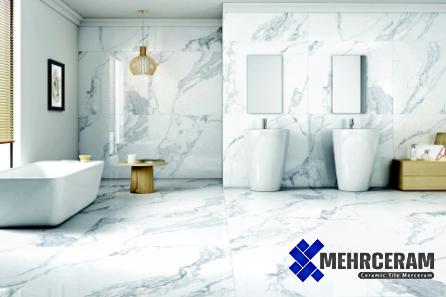Recycle Glass to Glass Tile Manufacturing + Best Buy Price
Raw materials must be free of impurities in order to make tiles from recycled glass sources
Recycled glass tile can be produced using three primary techniques
The focal point of modern homes is frequently the design of the bathroom and kitchen
These areas are often used
Thus colors, accessories, lighting, design, and comfort are crucial components
Recycled glass tile can give homeowners who wish to include a distinctive style while still being environmentally conscious the best of both worlds
Compared to other types of flooring and cladding, glass tile has several attractive and useful benefits
The most obvious aspect is how it looks
Glass tiles offer a jewel-like clarity and a sense of luxury that stone, ceramic tile, and solid surface materials cannot match
Glass baths give off a different vibe than a granite or marble cave, more akin to a calm pond or isolated cove
The raw materials used to make recycled glass tiles must be free of impurities (paper, dirt, packaging, etc
)
The materials must also be of a consistent source and hue
Jars, bottles, and window glass are common sources of recycled glass tiles
The glass comes in a variety of hues and compositions
So, before usage, glass waste needs to be carefully separated
The coefficients of expansion of various glass sources also vary
The glass won’t solidify into a homogenous mass as a result
Different manufacturing processes produce various outcomes
Three traditional techniques exist for creating recycled glass tiles:
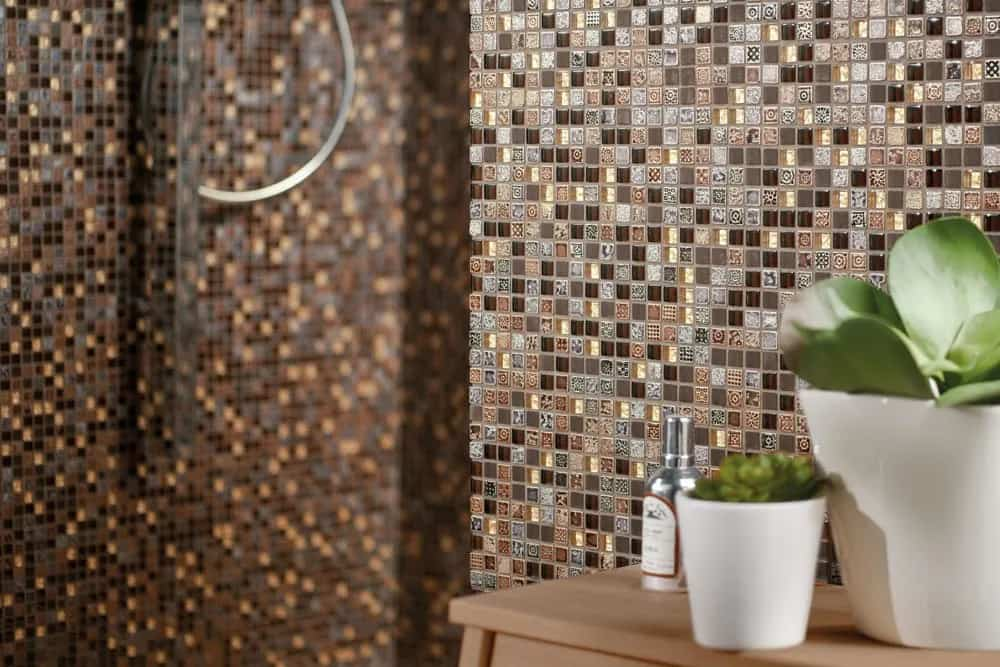
Small Mosaic Tile
Small mosaics are typically created using glass that has been melted to its desired hue, placed over an iron table, and then shaped (cookie cutter)
This method calls for tiny batches and a time-consuming slab assembly procedure
A high temperature is applied to the glass and color mixture until it melts
The tiles can be put together into simple-to-install sheets after the components have been separated and allowed to cool
This method is well-known and quite easy to use
Small mosaics with some color variations make up the finished product
This variant is simple and might possibly be preferable
The tiny modulus of the tile lends this method an ecological advantage by reducing production waste and damaged tiles
The tremendous heat needed to heat the tile—roughly 1400 degrees C—is a drawback
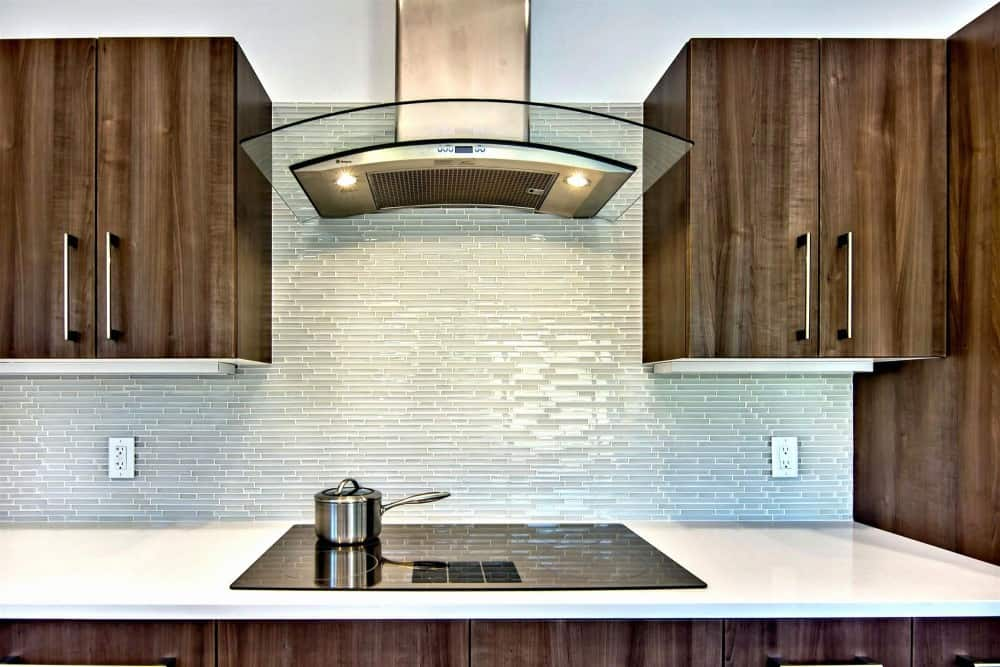
Large Glass Tile
The same way little mosaics are made, so too are two-by-two-inch tiles
The glass must also be kept in an oven where it is heated to a temperature of more than 500 degrees Celsius (932 degrees Fahrenheit)
The finished glass was then gradually chilled to make it more durable and less fragile
When producing huge tiles, there is higher production waste than when producing small tiles
Additionally, larger tiles require greater supervision to ensure superior color and quality
Tile Made from Cullet
The glass that has been crushed and then graded into pieces of consistent size and color is known as cullet glass
Glass is heated to 800 degrees Celsius and then placed in ceramic molds to create cullet glass-based tiles (1472 degrees Fahrenheit)
This technology is faster than the production cycles for small and large glass tiles
However, the range of tile colors is constrained because they are determined by the original glass hues that were utilized
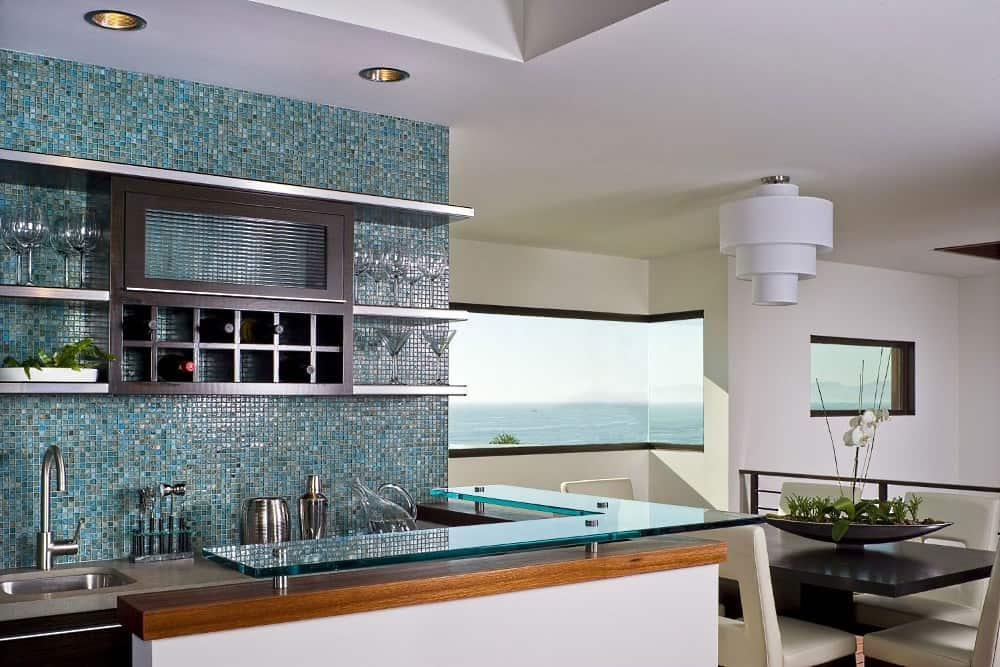
Making Recycled Glass Countertops
Countertops can be given a splash of color with stained glass
Glass may liven up your countertop, whether you decide to use a glass of a specific color or utilize whatever you happen to be holding
One suggestion is to use a glass cutter to sever the bottom of a group of wine bottles
Break the remaining bottles to finish the design after making a pattern with the spherical glass
You can combine clear glass, green, blue, and brown glass for a countertop with multiple colors
A mortar and glass crushing pestle, which you can obtain at stained glass supply stores, is a less expensive alternative to glass crushing machinery
Depending on the epoxy you select, your broken glass countertop will have a different final appearance
For attractive counters that exhibit objects like coins, bottle caps, and wine bottle caps, a clear epoxy is a popular option
Keep in mind that the transparent epoxy makes the surface beneath the counter visible between the gaps in the glass
This means that before applying the epoxy, the surface must be painted
Alternately, white epoxy will contrast with the glass
Marine-grade polyurethane is used to polish countertops for a long-lasting, glossy appearance

Tips for Installing Recycled Glass Tiles
Recycled glass tile installation typically takes longer, and the tiles need to be handled with more care before being fixed in place
It is critical to break up and smooth down the comb marks after applying the thin layer
In any other case, these stains will be visible through the glass and give a bad impression
Make sure there is an even coating of glue deep enough to hold the tile when smoothing the thinnest tile
Advantages of Recycled Glass Tile
When choosing recycled glass tile for the bathroom floor, the backsplash, or any other significant area of the house, homeowners reap two benefits
First off, using recycled glass tiles is a great approach to prevent the accumulation of glass waste in landfills
Homeowners receive a distinctive product that adds style to their home in addition to aiding in environmental preservation
Glass tiles come in a wide range of hues and gloss and matte textures
They are a durable method of surface decoration
To keep them clean, use glass cleaner
Anywhere that conventional ceramic tiles are put, glass tiles can be used
They also have the advantage of being chemical and stain resistant, which makes them appropriate for locations with a lot of dampness
They can be used both indoors and out and can be mounted on floors, walls, counters, tabletops, and more
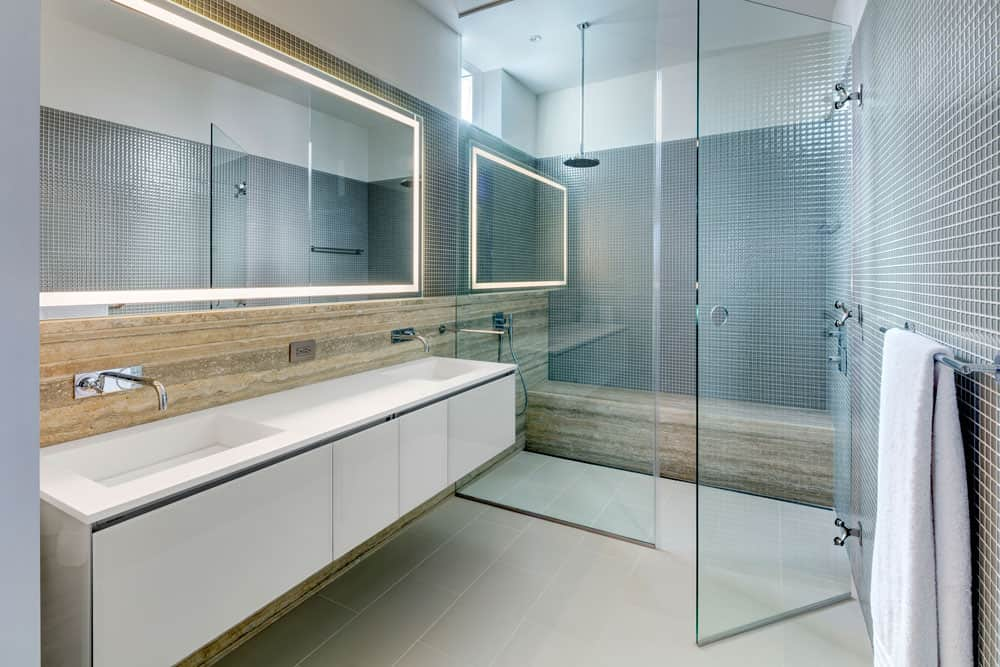
Glass tile installation requires a little more caution than opaque ceramic tile installation
To guarantee that their professions do the job correctly the first time, builders and homeowners should be aware of these distinctions


